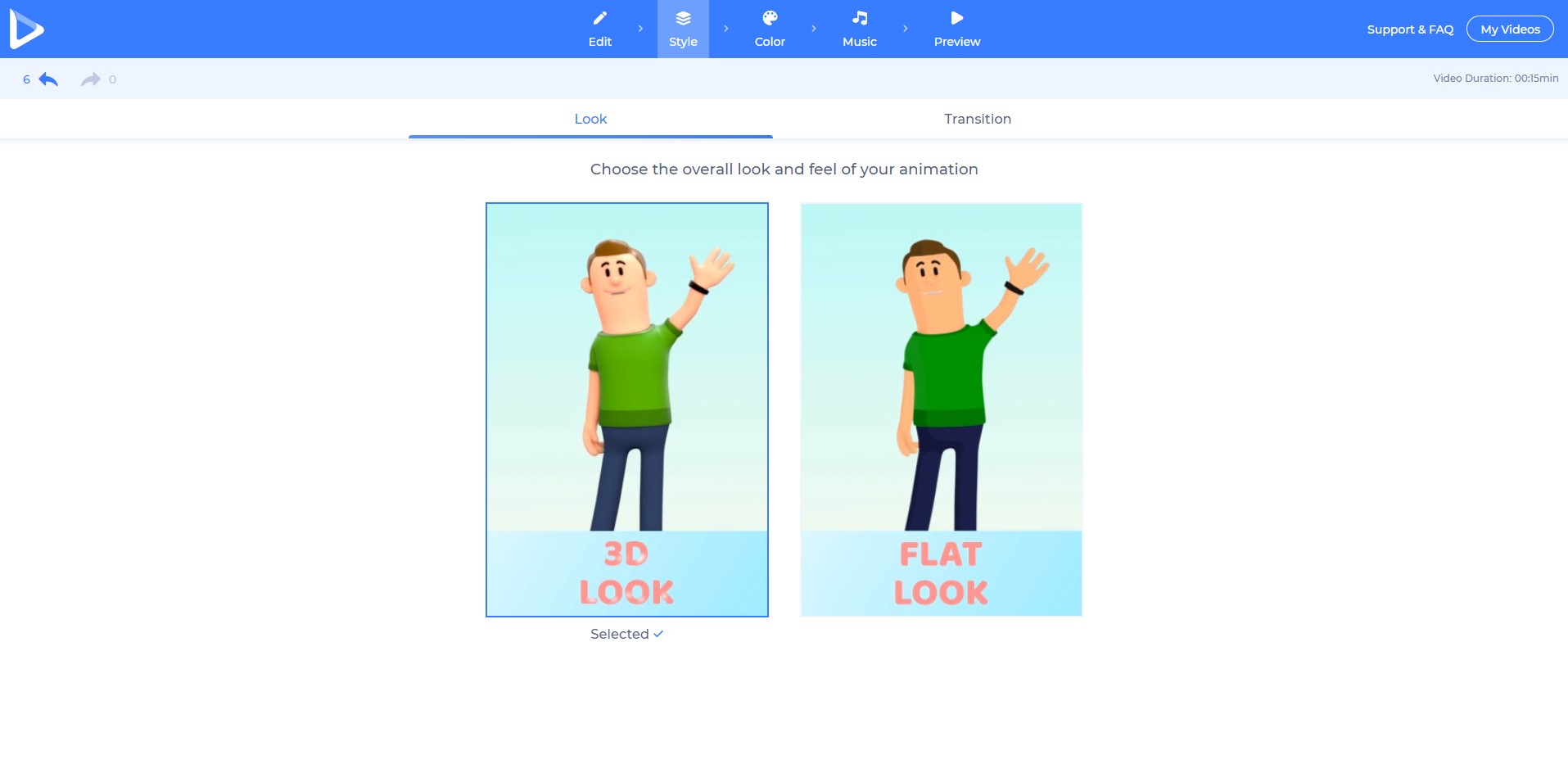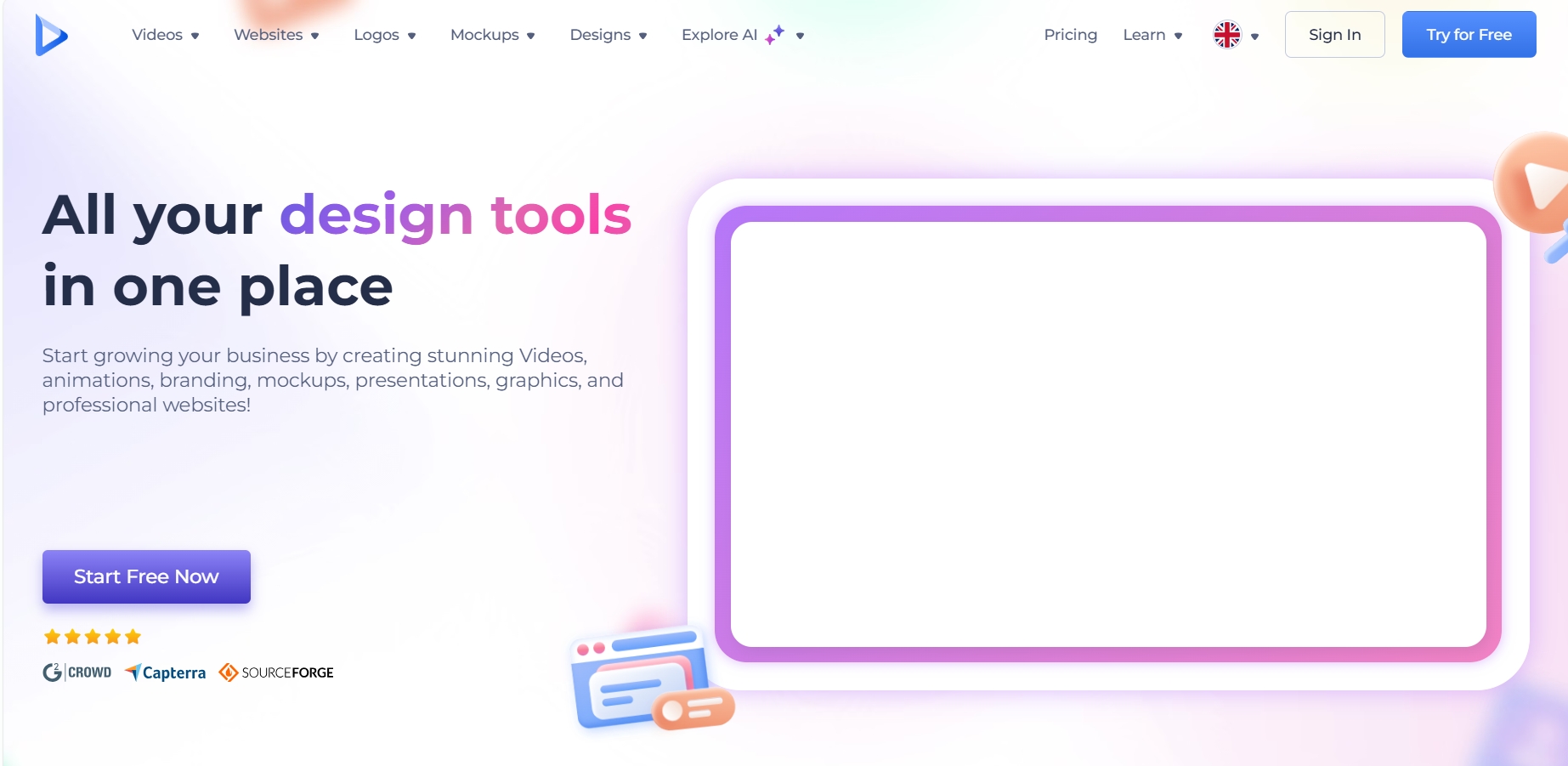Teacher Introduction

Yiran Zhao
Dr Yiran Zhao is an assistant professor in the Department of Educational Studies in the Academy of Future Education at Xi’an Jiaotong-Liverpool University. She has a multidisciplinary background. She obtained her Ph.D. degree in Educational Theory and Policy from the Pennsylvania State University and her Ed.M. degree in International Education Policy from the Harvard Graduate School of Education in the U.S. But she majored in Communications in her undergraduate study at the Communication University of China. Her current research interests are educational equity and the development of 21st century competencies, particularly creativity. She has also worked with several non-profit organizations including the OECD and the Carter Center.
Key Points
The Peer Assessment activity provides an opportunity of:
Utilizing videos creatively in education allows for:
- Students to address mental health challenges through real-world video scenarios, thereby amplifying their analytical proficiencies and fostering a more profound comprehension of their knowledge.
- The utilization of video-based scenarios enables students to witness authentic patient situations, which proves more lifelike compared to traditional text-based cases.
- The integration of animated videos in lieu of lectures serves to heighten student involvement, resulting in increased engagement.
- Students actively engage in producing their own animated videos as an integral facet of their experiential learning in technological design.

Case Details
There are two innovations, but they share a common theme which is the creative use of videos in teaching. The first innovation is to use video cases in case-based learning to teach about child and adolescent mental health. Case-based learning is a student-cantered pedagogical method where students are required to solve a problem through their analysis of specific scenarios or real-world examples; such scenarios or examples are called cases. This method is used often in business or medical studies, but less often in the field of education; in addition, textual cases are normally used as instructional materials. But in my class, I introduced video-based cases for students to analyse.
Students were asked to watch a video of a conversation between a real mental health patient and a therapist; then they were asked to analyse the symptoms and risk factors present in the patient’s life according to the patient’s self-descriptions. Then they were further asked to apply the theoretical knowledge they have learned about a particular mental health therapy to analyse the case such as cognitive behavioural therapy.
In another module about future education, I employed the learning by design method to help students understand the role of technology in education and the TPACK framework. Students were tasked to create their own technology-integrated lesson plan and a demo. But instead of me giving task instructions in a lecture style, I used animated videos to give instructions. Some students also created animated videos as their demos of their technology-integrated lesson plan.
The motivation behind such innovations, particularly the creative use of videos in teaching, is mainly to enhance student engagement. Students are tired of lectures. The rise of social media, particularly short video platforms, have changed people’s habit of information absorption from reading textual information to watching short videos. Using videos to replace textual cases and lecturing make the learning materials more interesting to the students and can potentially enhance student engagement. In our module questionnaires, students often also asked for more video-based learning contents instead of reading materials. So, this is also a response to students’ calls. Finally, technology integration into education is an unavoidable trend for future education; and as a teacher who teaches about future education, I think I should be a role model for my students by using technology-enhanced pedagogy.
Students’ responses were positive. For the video-case-based case-based learning, students watched the video very carefully; they were able to analyse the video-based case in detail and provide many insightful opinions. So, I think the experiment not only enhanced student engagement in class, but also allowed students to train their analytical and problem-solving skills and allowed them to develop a deeper understanding of the content knowledge. For the learning by design experiment with video instructions, students found the video instructions refreshing. They were eager to know how I created the animated videos and some actually tried to create their own animated videos as their lesson plan’s technology-integrated component demo. One semester after the module was completed, some students would still mention the animated video instructions in our conversations and explained that it left a deep impression on them.
Keep innovating with technology. No matter if we are in the field of education technology or not, we all need to learn and practice how to use technology to enhance our pedagogy. This is where the future lies. Teachers who embrace this trend will stay competitive. Moreover, when we employ new pedagogical practices to make the learning process more engaging, students actually appreciate it. No matter how small the change is, students do notice and give you feedback which makes this challenging experience very rewarding.
Allow yourself sufficient time to do this. Appropriate cases that fits your learning outcomes and instructional designs don’t come easily. It takes a lot of time to search and find such cases. In addition, creating digital learning materials generally takes longer time than if you were just to lecture, especially when you are new to this. It may take hours to create a 1-minute video if you are doing this for the first time. So, always plan ahead and allow yourself sufficient time to try out these new pedagogical methods. Planning in advance would also allow you time to seek help from educational technology experts on how to create digital learning materials.
One step at a time; small scale experiments are also meaningful. I was very ambitious in the beginning and wanted to employ animated videos at a larger scale such as using it for a one-hour lecture. Then I realized that it would take too much time to create such videos. But it is not meaningless to just experiment with a new pedagogy or new digital learning material on a smaller scale. You can accumulate experience and resources; it is also a cost-efficient way to test whether this innovation can achieve your original purpose. If students respond well to it, then you can use it on a larger scale in the future.
Technological Toolkit

Renderforest
A tool to create videos, animations, branding, mockups, presentations, graphics, and professional websites.





Overview
Dr. Yiran Zhao from the Department of Educational studies employed case-based learning and learning by design pedagogical methods in her modules with the help of videos. In case-based learning, video cases sourced from online video platforms were used as cases for students to analyse. In learning by design, explainer videos were created using Render forest, an online platform that allow users without graphic design or video-editing skills to create high-quality videos and graphic designs with minimal time and effort.